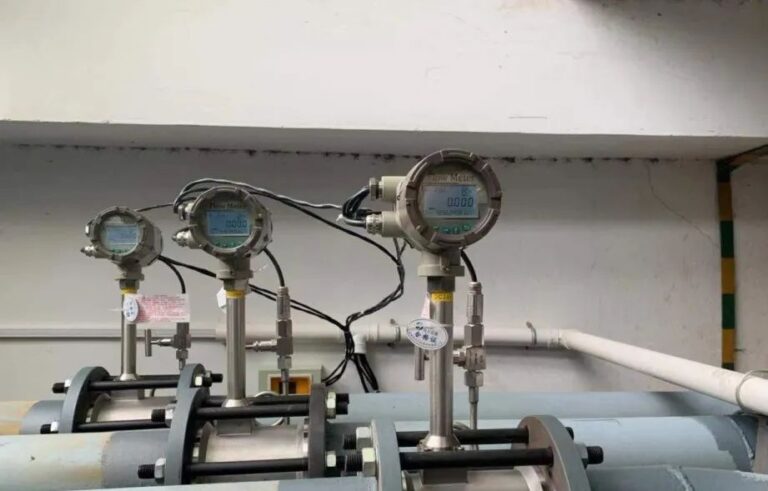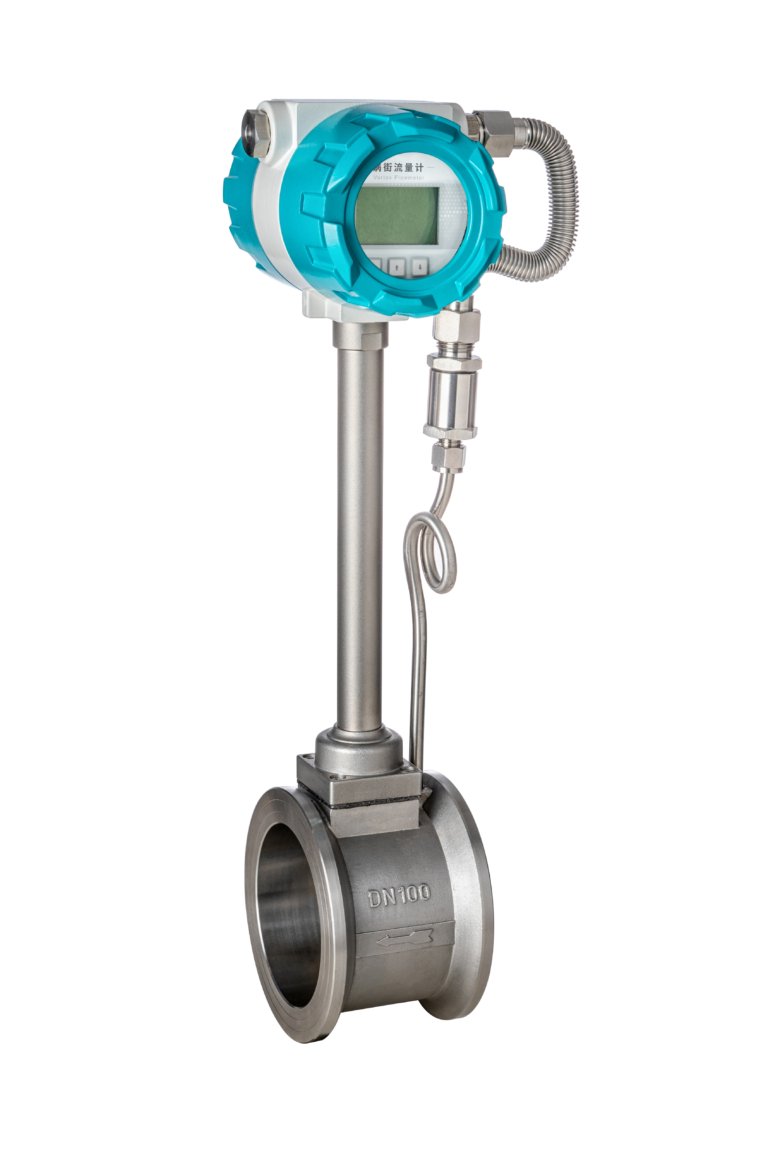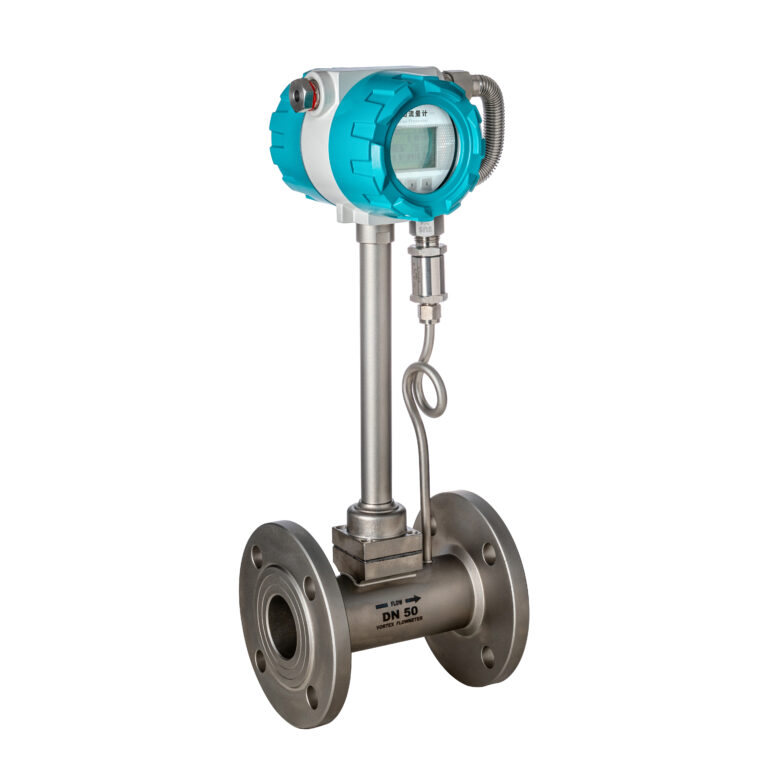Vortex flow meters are crucial instruments in industrial processes, renowned for their precision and versatility in measuring the flow of liquids, gases, and steam. To maintain their accuracy and reliability, calibration must be performed under specific environmental conditions. This article outlines the key environmental requirements for the calibration of vortex flow meters, ensuring compliance with industry standards and enhancing their operational performance.
Importance of Environmental Conditions in Calibration
Calibration is the process of comparing a device’s output to a known standard to determine its accuracy. For vortex flow meters, environmental factors can significantly influence calibration results. Maintaining controlled conditions during calibration ensures that the results are accurate, repeatable, and reflective of real-world operating environments.
Key Environmental Requirements
1. Temperature Control
Temperature variations can affect the performance of vortex flow meters by altering the physical properties of the fluid, such as density and viscosity. During calibration, the following temperature conditions should be maintained:
Ambient Temperature: The room temperature should remain within the range specified by the manufacturer, typically between 20°C and 25°C (68°F to 77°F).
Fluid Temperature: The temperature of the calibration fluid must align with the operational range of the vortex flow meter. Deviations can lead to errors in measurement.

2. Pressure Stability
Pressure fluctuations can influence the behavior of the fluid and the vortex shedding frequency, which is the fundamental principle of vortex flow meters. The calibration environment must ensure:
Stable Operating Pressure: Calibration should be conducted at a pressure level representative of the meter’s intended application.
Pressure Monitoring: Continuous monitoring of pressure during calibration ensures that any deviations are accounted for and corrected.
3. Humidity Levels
Excessive humidity can affect electronic components and signal outputs of vortex flow meters. Calibration facilities should maintain relative humidity levels within the recommended range, typically between 30% and 70%, to prevent condensation or electrical interference.
4. Vibration-Free Environment
Vibrations in the calibration environment can disrupt the vortex shedding process, leading to inaccurate readings. Calibration setups should be:
Isolated from Vibrations: Use vibration-dampening mounts or isolate the calibration area from machinery or external disturbances.
Stably Mounted: Ensure that the vortex flow meter and associated equipment are securely fixed to minimize external movement.

5. Clean and Contaminant-Free Conditions
Contaminants in the calibration fluid or environment can interfere with the proper functioning of vortex flow meters. The calibration process should ensure:
Clean Fluids: Use filtered and contaminant-free calibration fluids to avoid fouling or damage to the meter.
Controlled Environment: Perform calibration in a cleanroom or controlled environment to minimize dust and particle intrusion.
6. Electrical Noise Minimization
Electromagnetic interference (EMI) can distort the electronic signals of vortex flow meters. Calibration facilities should:
Shield Equipment: Use shielding materials or enclosures to reduce EMI.
Proper Grounding: Ensure that all equipment is adequately grounded to prevent signal interference.
Standards and Guidelines
To maintain consistency and accuracy, calibration of vortex flow meters must adhere to established industry standards and guidelines. Commonly referenced standards include:
ISO 17025: General requirements for the competence of calibration and testing laboratories.
ISO 5167: Guidelines for flow measurement using differential pressure devices, often relevant for flow meter calibration setups.
Manufacturer Specifications: Specific requirements provided by the manufacturer for calibration and environmental conditions.

Conclusion
The environmental conditions during the calibration of vortex flow meters play a critical role in ensuring measurement accuracy and reliability. By maintaining stable temperature, pressure, humidity, and other environmental factors, organizations can achieve precise calibration results that reflect real-world operating conditions. Adhering to industry standards and best practices further enhances the reliability of these essential instruments, contributing to efficient and safe industrial processes.
